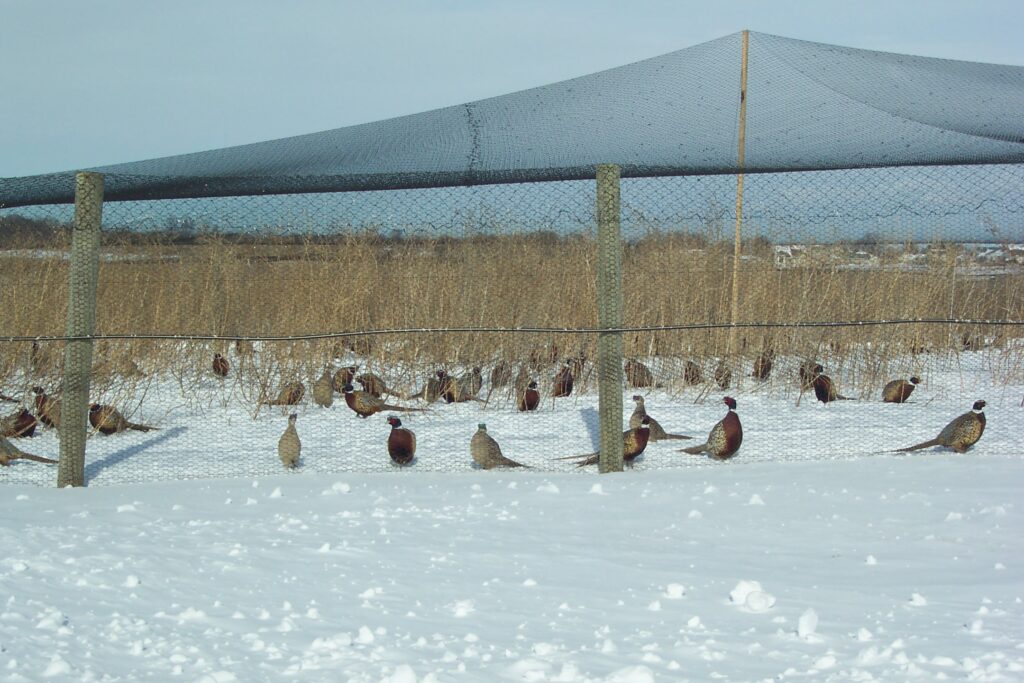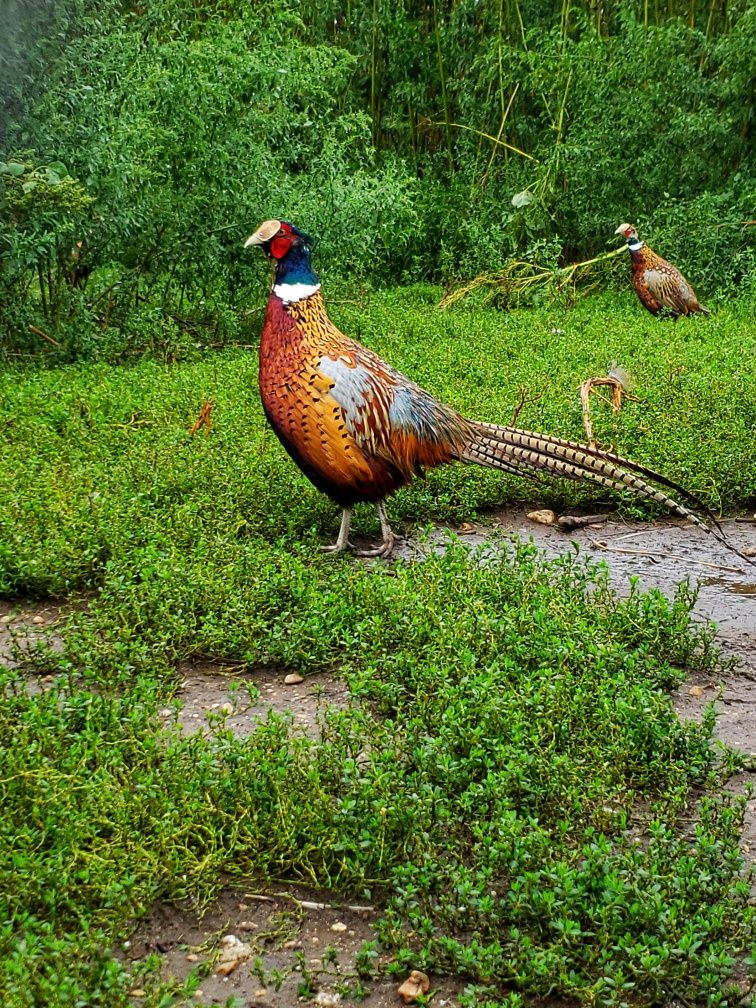Clean Water is the Life Blood of Living Things
Water is needed for all of the organic processes necessary for life. It regulates body temperature, digestion, and elimination of waste. Game birds consume at least twice as much water as feed and it is a big responsibility at MacFarlane Pheasants to keep our water clean and flowing. It is also an easy and cost effective avenue to administer nutrients, acidifiers, and vaccines that our thousands of birds need to ensure good health.
However, keeping the water clean is complicated by the additives we use. The additives can promote bacterial growth inside the waterlines where it can go unnoticed. If the additive helps the birds, chances are there is something in the waterline that also gets a boost. We have a line cleaning system to eliminate the risk of contaminants, biofilm, scale and other bacterium build-up. Pseudomonas, E coli, and salmonella are conditions that can develop without proper water line cleaning.
The water line cleaning schedule and supplemental care must be performed regularly and with careful attention to detail. One issue with water line cleaning is that the process has to work without harming the water line, medicators, and pressure equipment used in the system. The system we have in place is safe for our equipment.
Water Line Cleaning Process
- Remove birds from area where water lines are being cleaned.( We clean the lines every time a hatch is moved from one room to another.)
- Pump 3% solution CID 2000 (strong hydrogen peroxide/peroxy acetic acid solution) in the lines, including small bell waterer hoses, for 12 hours straight.
- Fully flush lines and run a trader dye to make sure all lines get the solution and to guarantee that the solution is completely flushed from the lines.
- Move new set of birds in.
Supplemental Care (especially after running vitamins or probiotics)
- Run up to 1 oz. of CID 2000, mixed in 1 gallon of water through our proportioner or medicator at a rate of 1:128 (Lines used with younger birds are usually started with 1/2 oz.) Lines are then tested with H202 test strips.
- Remember that when testing waterers, nothing may show up on test strips. At that point the maximum of 1 oz. is run through the medicator. Testing at this point is essential, as the target residual in the lines is 25-50 ppm. A higher concentration can harm the birds by slowing their drinking.
- Run Chlorinators on wells to aid in controlling bacteria, especially in outdoor pen facilities.
- Test water regularly because if the chlorine level is too high, it will affect how much birds drink.
- Chlorine is filtered out of the water going into brooder barns.
We check to see if our lines are plugged or water pressure is abnormally low to find out if water line cleanliness is negatively affecting our chicks. Birds need water, it is their life blood! So when we do our regular checks of our birds and they don’t seem right, one of the variables we look at is whether there is something in the water lines that can’t be seen. The only way to know is to have your water tested. However, it is inexpensive to run a maximum of 1 oz. CID 2000 solution when not running nutrients, to be sure your water is clean. Please contact b.davis@pheasant.com if you have question about water line cleaning.
Related Posts
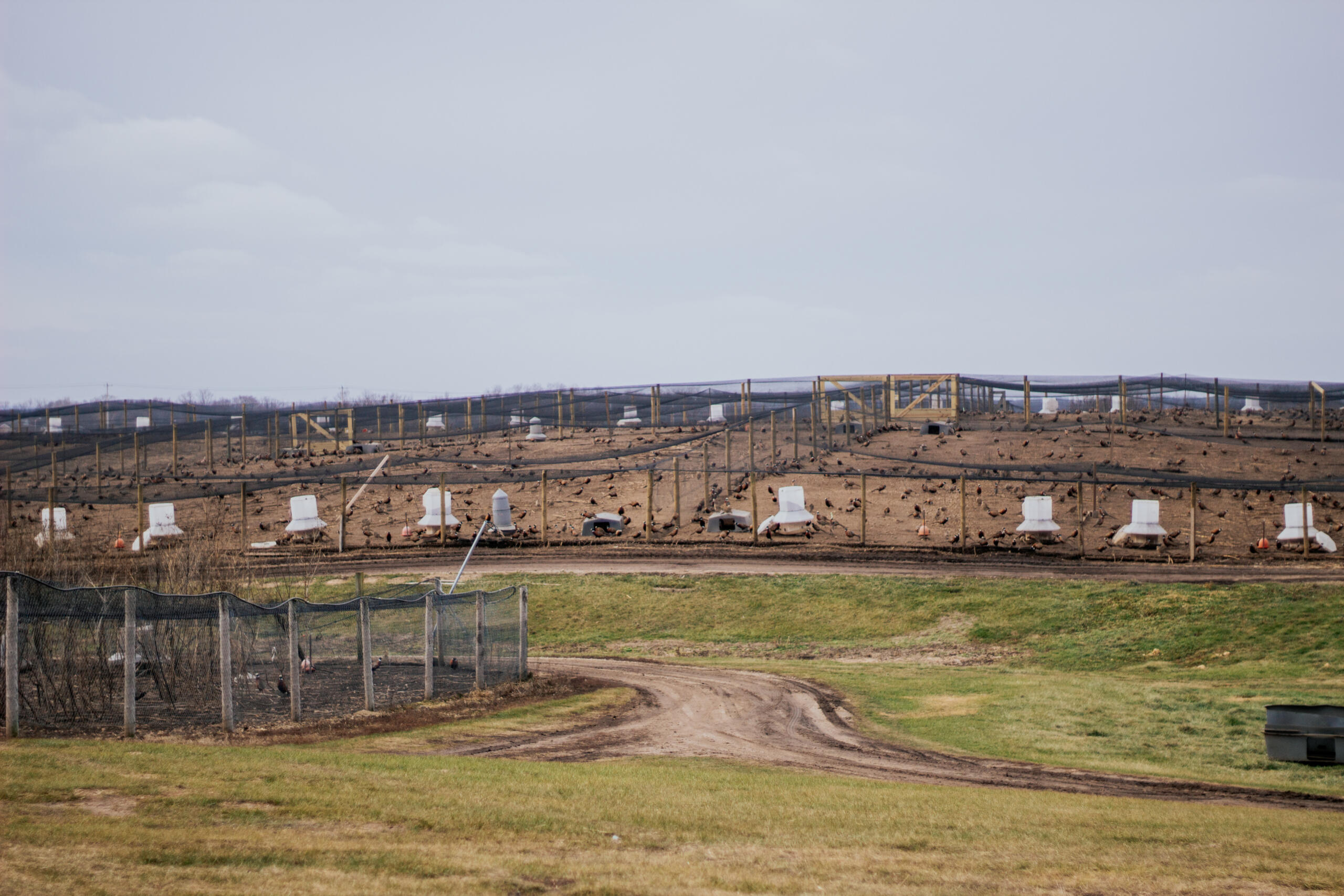
Preparing Our Barns & Pens Each Spring
Read Post
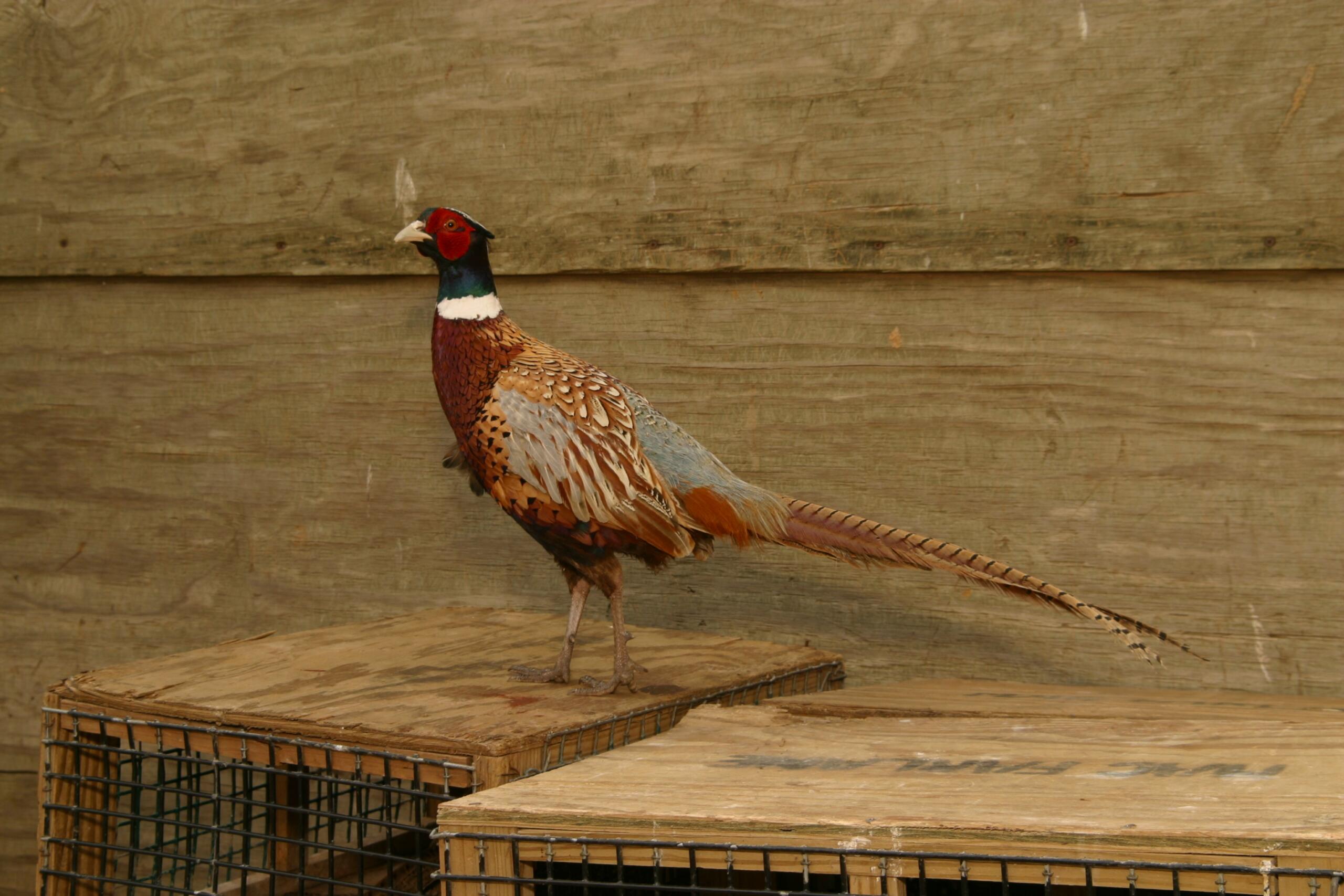
DuPont Financial Analysis Model
Read Post
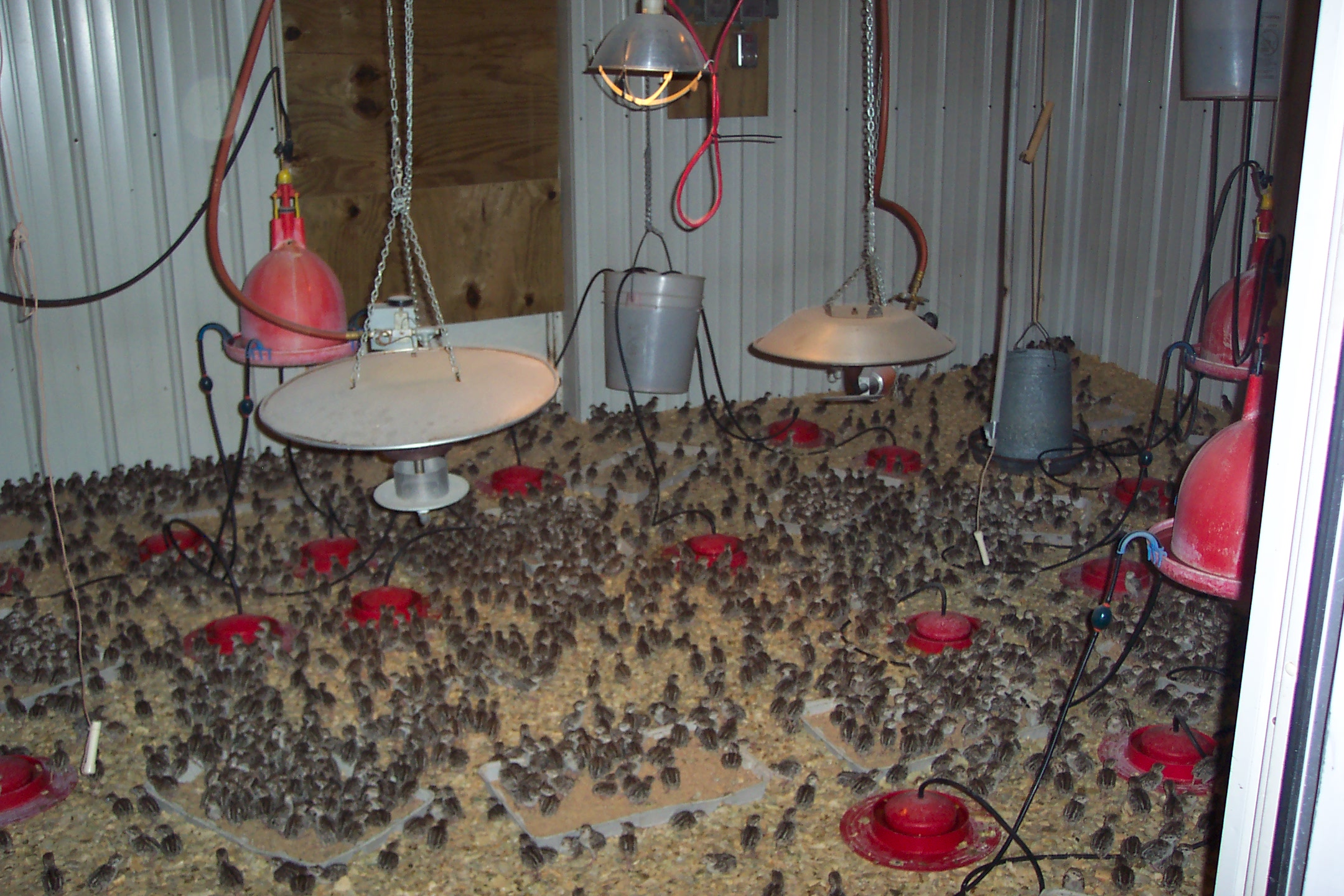
How We Prepare For Brooding Our Chicks
Read Post
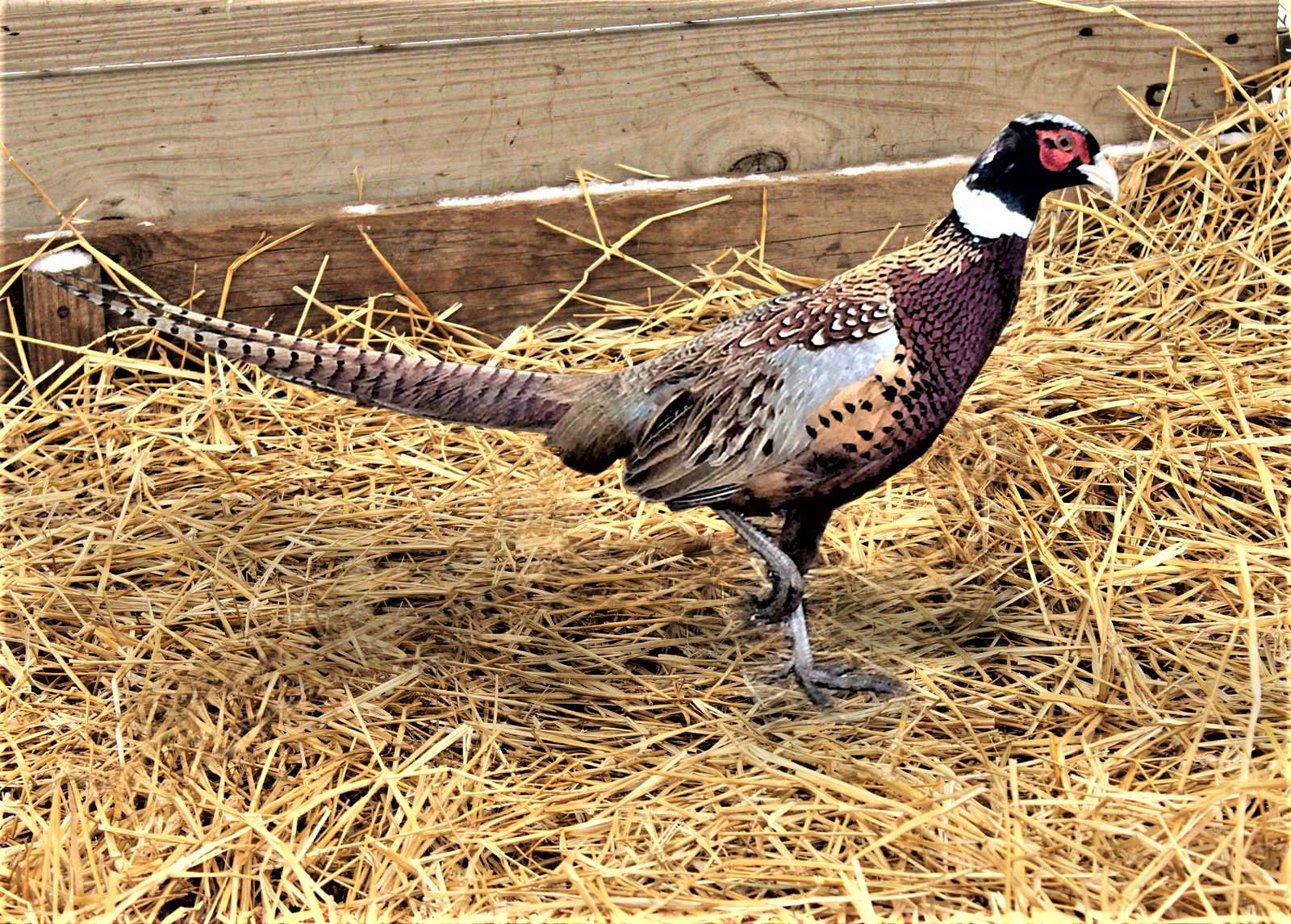
Our Milton Farm in 2024!
Read Post

10 Ways To Get the Most Out Of Brooder Barns
Read Post
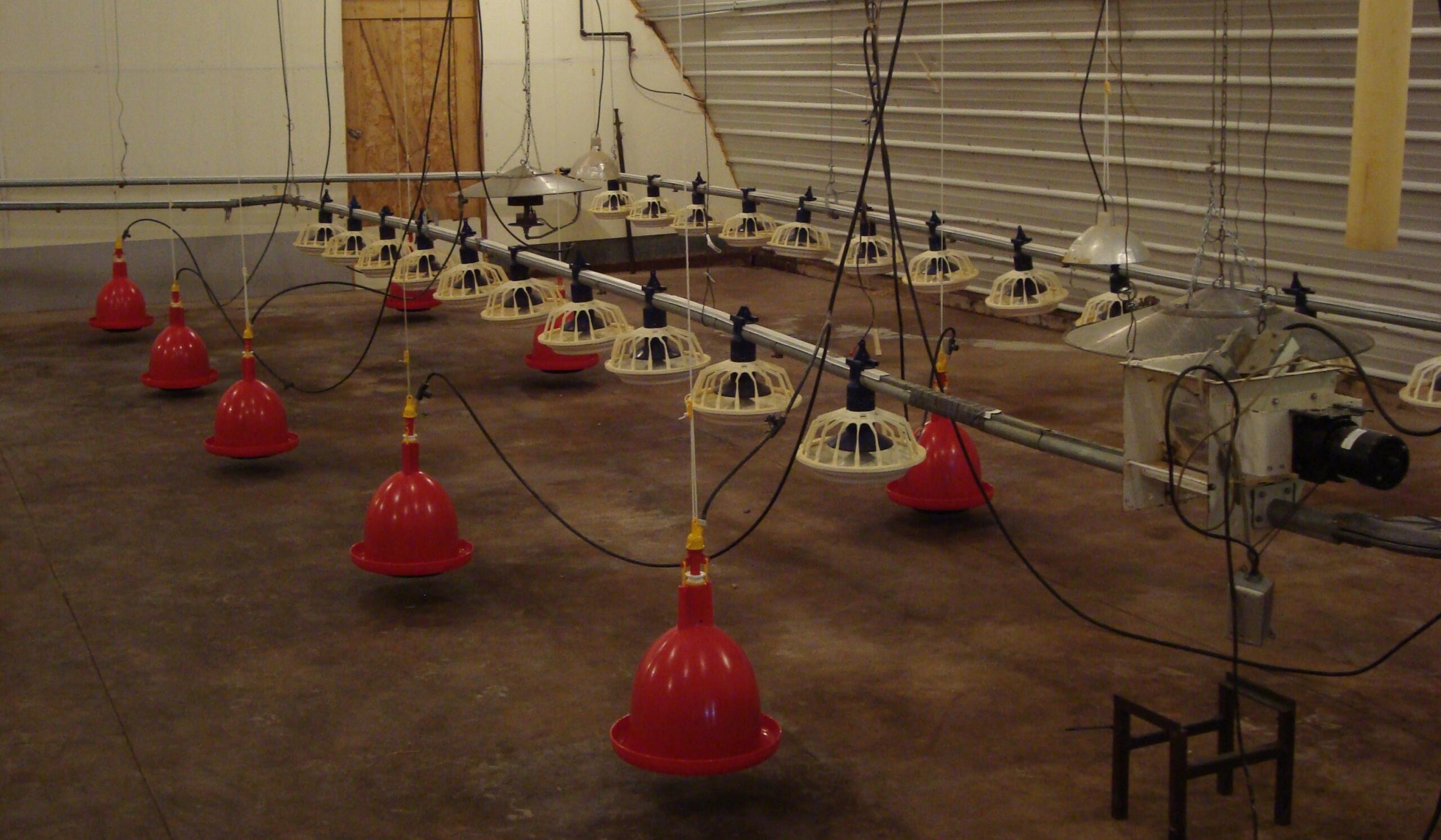
6 Feed and Water Procedures to Keep MacFarlane Pheasants Healthy
Read Post

Advice on what protein % feed to use for your pheasants.
Read Post
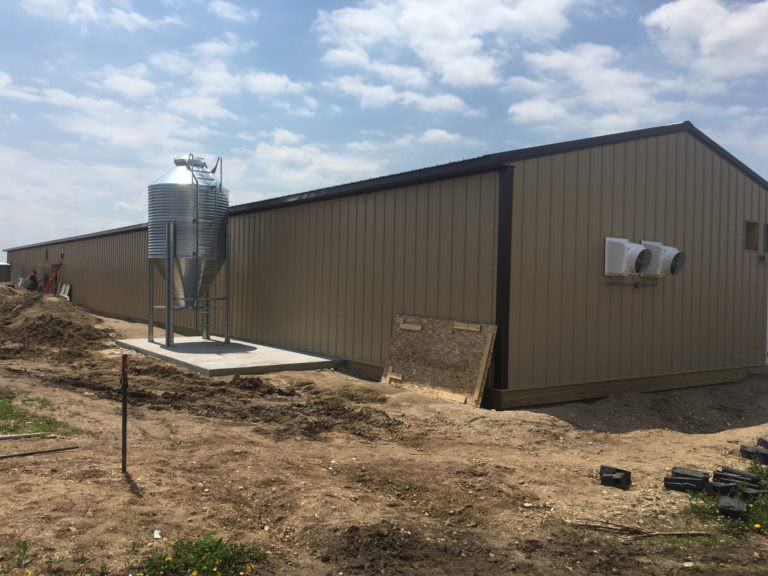
Air Flow in Barns
Read Post
Take Advantage of These Free Resources
As the biggest game bird farm in the United States, we want to share our experience with you. Download our free resources below and get started.

